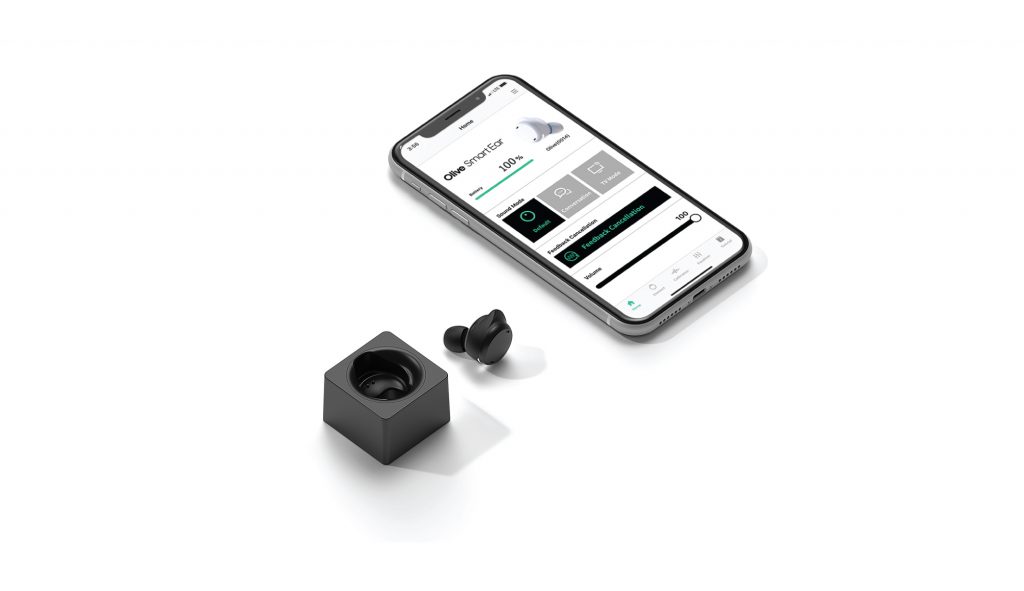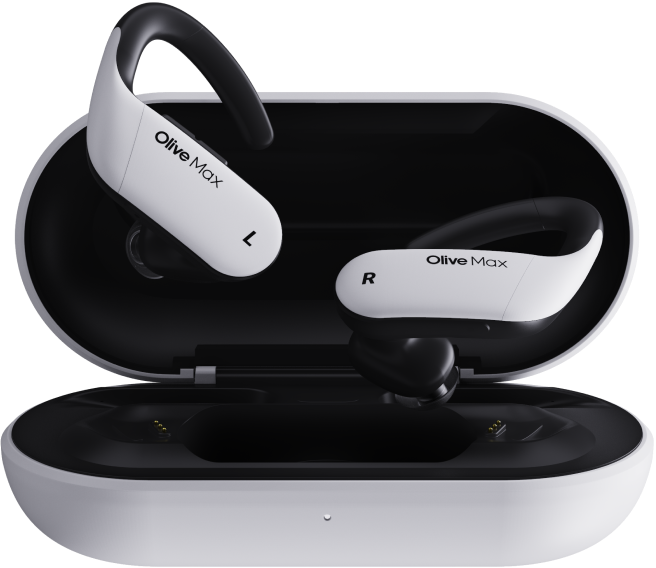
People that can’t see well get glasses; sometimes stylish, sometimes designer branded. Athletes with joint problems wear knee braces and elbow guards. We take vitamins, wear smart watches that track our heart beat, and invest in gym equipment to keep our bodies in shape. We’re happy to show off all of these health accessories on social media and wear proudly — a sign of the value we place in having a healthy body.
Yet, for some reason, this changes when it comes to one of our bodies most essential ability. Unlike other health and wellness devices, hearing aids have a connotation of aging that has been hard to shake. Whereas people will eagerly share the news of their new glasses or laser eye surgery with friends, hearing loss remains shrouded in shame and self-consciousness.
Where Does This Stigma Come From?
In “Stigma and Self-Stigma Associated with Acquired Hearing Loss in Adults” published in Hearing Review, the authors make the distinction that there are actually two main forces leading people to feel ashamed about hearing loss and less likely to seek treatment/wear a hearing aid.
First, there’s societal stigma: “In most western societies, there is a stigma associated with hearing loss. The general population perceives individuals with hearing loss as being ‘old,’ ‘cognitively diminished,’ ‘poor communication partners,’ and generally ‘uninteresting.’”
The authors cite Mark S. Kochkin’s conclusion in “Why 20 million in US Don’t Use Hearing Aids for Their Hearing Loss” that “hearing loss is often misunderstood as an intellectual challenge or a deficiency in personality and character.” When we think of characters portrayed in movies and TVs, we can see this statement played out for our amusement often. Hearing loss is often used as a punchline or as a means of dismissing a character as “old” or out-of-touch.
The second part of the stigma experience that the authors explore is self-stigma. They explain that self-stigma can come from the fear of aging, becoming irrelevant, or dependent on others. The authors cite other studies that detail the effects of self-stigma.
It can begin with denial of hearing loss and hiding it from others. Phrases like “It was the restaurant that was too noisy.” or “I can’t hear you because you’re mumbling again!” are obvious examples of this.
Finally, the authors explain that this maladaptive behavior will continue even when a person can no longer deny their hearing loss, in the form of rationalizing and getting defensive.
The authors believe it takes a concerted effort to work with an individual to change their pattern of thought regarding their hearing.
Hearing Aid Stigma in Real Numbers
The International Journal of Audiology published the study “Why Do People Fitted With Hearing Aids Not Wear Them” which compiled many studies conducted over the last several decades.
They found that as hearing aid technology has progressed, stigma has also reduced for those willing to go through hearing tests and acquire a hearing aid. There was evidence that the smaller and sleeker the designs got, the less people tended to shy away from wearing them.
However, the authors note that this does not take into account the group of people that simply refuse to even seek out hearing help. They noted that out of the 48 million people in the US who could benefit from a hearing aid, 80% do not use one.
It’s not just an issue with older people either. One study looked at young adults (ages 19-40) in India who had moderate to severe hearing loss. A resounding 70% of those surveyed said they would not wear a hearing aid due to social and self-stigma. That means only 3 out of every ten people would get the hearing help they need, just because of social stigma.
New Technology is Changing How We View Hearing Loss

With the stigma surrounding hearing aids being a stubborn problem, new technology offers hope of changing our collective mindset. As Bluetooth devices and wireless earbuds become commonplace, having something in your ear doesn’t feel as medical device-y as it once did.
Products like the Olive Pro, which have a sleeker, more low-profile look are helping to offer an alternative to the clunky hearing devices we all associate with hearing loss.
As more functionality gets adding to hearing help products, they may become easier to accept, even for the most staunchest hearing loss deniers. Integrated Bluetooth technology, sophisticated AI, and rechargeable batteries are just a handful of new features that new hearing aids are increasingly coming equipped with.
In the future, devices may be able to translate conversations across different languages, control everything with voice command, and more, which will make them even more multi-functional and appealing to the consumer.
Just think of how a mobile phone used to be just a phone you could make calls on, and now look at them. The same may be true for future hearing help products!
Olive Union’s Mission: Remove the Stigma of Hearing Loss
Working to take away the stigma surrounding hearing loss, Olive Union is focused on changing the stereotype of hearing loss with new innovation. If there was a hearing solution without the looks of a medical device, many people would be more willing to and could benefit from hearing help, across all age groups.
Keeping it stylish, comfortable and small were some of the top goals of their design team. Adding in conveniences like Bluetooth technology, rechargeability, mobility, and smartphone compatibility were all priorities that went into the final product.
Olive Union is focused on helping make hearing devices an everyday part of any adult’s engaged lifestyle. We want everyone to think of hearing devices like a smartwatch or smart glasses, a device that becomes a multi-functional part of any persons active life.
The information in this guide has been written using the following reliable sources:
https://www.hearingreview.com, https://www.ncbi.nlm.nih.gov, https://www.nidcd.nih.gov, https://www.researchgate.net, https://www.nextavenue.org










